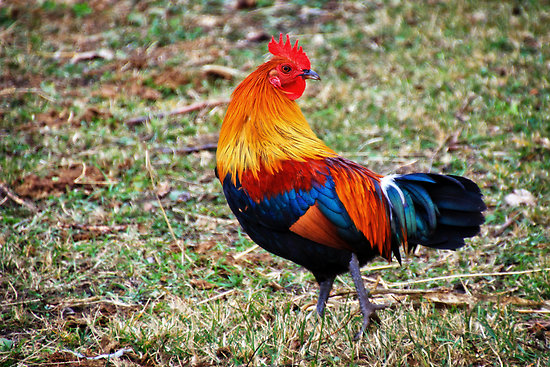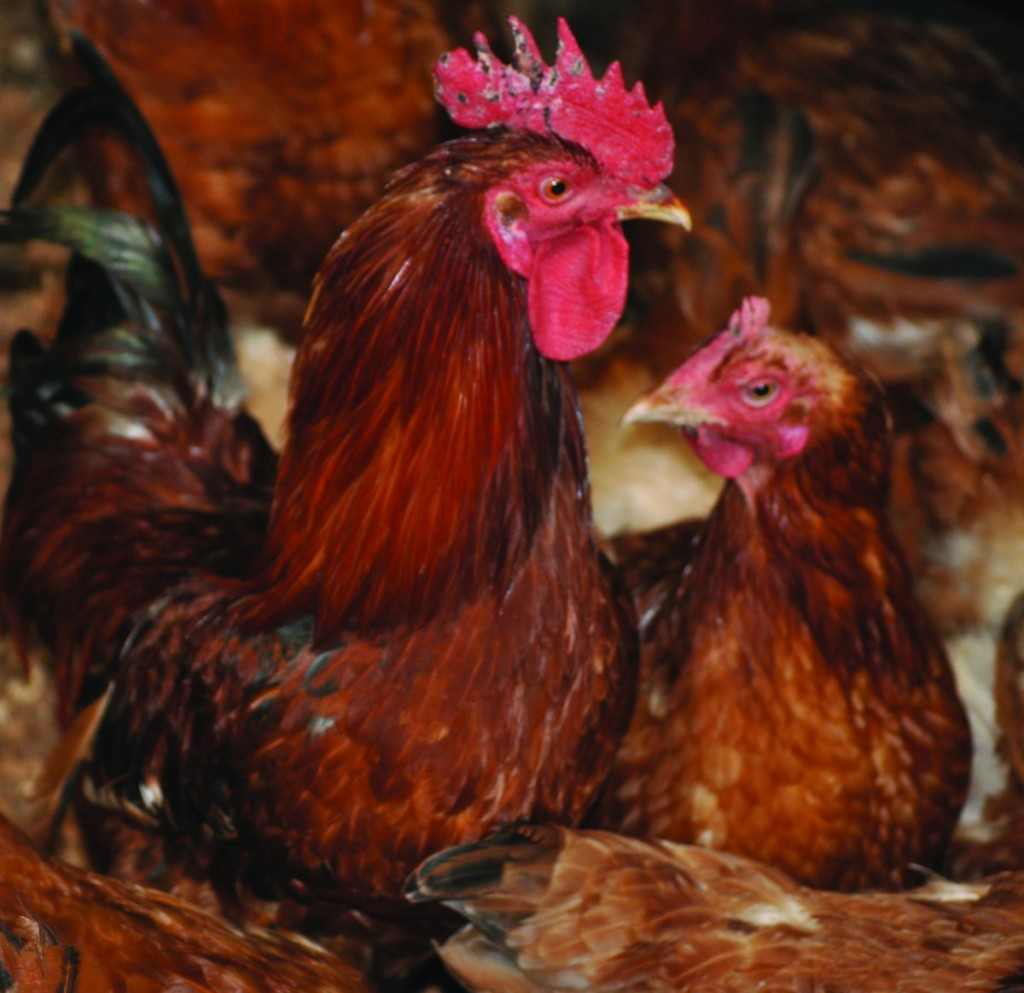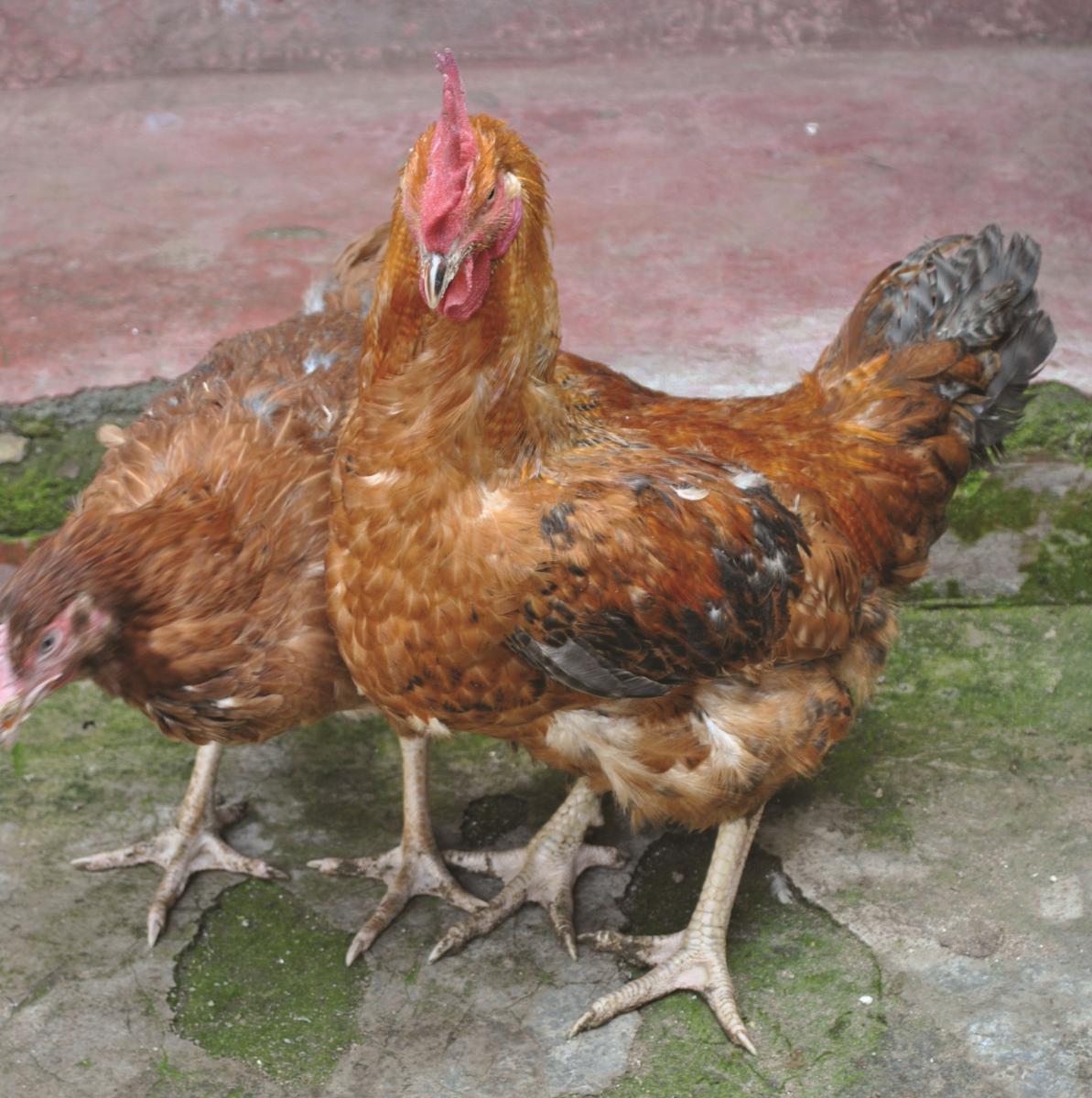More Kenyans especially here in Nairobi have become more and more cautious about the type of meat they consume.
With the hormones added to market meats, it is becoming increasingly popular for people to grow their own food. For those of us who were not born on a farm, growing your own food tends to start with fruits and vegetables. Later, they realize the need to grow their own meat for protein.
The most popular meat for people to breed in their backyard is chicken.
Chickens that are specifically raised for meat are commonly known as Broilers. Broilers make great meat chickens because they grow faster than chickens that are raised for the purpose of egg laying and chickens that are considered dual purpose.
In a period of just five short weeks, the chickens that are commonly known as broilers can weigh around 1 to 2.5Kgs and by the time they are 10 weeks old, they can easily reach 4 kgs, which is the ideal size for an average size family.
This makes raising and breeding broilers in the backyard the best option for those who are looking to develop a self-sustaining lifestyle.
Dual Purpose chickens
1. Kenbro Chicken
The kenbro breed of chicken is dual-purpose that can be kept for both meat and eggs. The breed has been in the Kenyan market for quite some time and was introduced over 10 years ago by Kenchic in order to cater for those farmers looking for more productive chickens that are less intensive.
This breed is more disease-resistant and can easily survive when reared in free-range conditions. With good feeding and management, it will mature very fast and start laying eggs at the age of 5 months. With good feeding and management, the kenbro chicken can easily attain up to 4Kg. It is advisable to buy from Kenchic which has the parent stock for these birds. The bird is a heavy feeder and this is one of the reasons it is able to put on weight very fast.
2. Kuroiler
This is one of the best breeds in Kenya if not the best. It is a dual purpose bird that is very low input. It performs perfectly well in free range and semi-free range or the semi-intensive conditions. With Kuroiler, you do not have to buy the commercial mash. It can survive just ok while scavenging and feeding on the food leftovers in the house. However, to avoid losses, it is advisable to fence a chicken run where they can graze on the pasture and if you have a large stock, you can also supplement their feed with omena, grains, termites and commercial feeds.
The Kuroiler chicken was introduced from the Keggs Farms in India in 2009. The Kuroiler hens are heavy feeders. They need to feed continuously in order to reach their optimal production. Within four months, your Kuroiler should be weighing 3Kg and within six months, they will be weighing up to 4kh after six months.
Farmers rearing the Kuroiler birds have testified that it has a tastier meat compared to that of the indigenous chickens. The meat has less fat, soft and also tender. The eggs of the Kuroiler chickens are bigger than those of the indigenous birds and they have deep yellow yolk that many farmers love. The Kuroiler hen, when well fed, will lay anywhere from 140-150 eggs per year. When crossed with the indigenous chickens, the quality will begin to go down so it is always advisable to buy chicks from the parent stock. Farmers should follow the same vaccination schedule as that of other chickens although the Kuroilers tend to be disease resistant. They also grow very fast during the first six weeks of brooding so farmers will not have to grapple with the brooding-related losses.
The Kuroilers do not sit on their eggs and this is intentional. They have been developed this way in order to maximize their eggs produce. Farmers who want to produce the Kuroiler chicks must invest in an incubator. Farmers without incubators can always order chicks from the parent stock from the leading suppliers of Kuroiler chickens in Kenya.
3. Rainbow Rooster
This is the other hybrid super-bird. It is a dual-purpose poultry breed in Kenya which can be reared for both meat and eggs. The Rainbow Rooster is a multi-colored bird(from which it derives its name) and a low input bird which can be reared perfectly in semi-free range conditions. The Rainbow Rooster is a heavy feeder and can put on weight relatively first. When well fed, it can put on anywhere between 3kg to 4kg within a duration of six months. Under good management, it will lay anywhere between 180-200 eggs. Like the Kuroiler, it will not sit on its eggs and you will have to invest in an incubator or buy chicks from leading Rainbow Rooster such as Kukuchic which has the parent stock of the bird.
Standard Meat Chickens
1. Cornish Cross
 Cornish Cross and their associated hybrids are extremely favored when it comes to raising your own chickens for meat purposes.
Cornish Cross and their associated hybrids are extremely favored when it comes to raising your own chickens for meat purposes.
They are capable of reaching a weight of 4.3kgs in a mere 6-8 weeks. Because of their excellent growth rate they are the most preferred choice among the commercial meat producers and among backyard breeders.
The Cornish Cross also grows faster and tastes better than dual-purpose chicken breeds. It is also preferred over the breeds that are used only for meat purposes. Because of their super fast pace of growth, the activity level of the Cornish Cross is very low.
These chickens have broad breasts, large thighs, and legs with an enriched yellow skin which makes them perfect for the dinner table.
| Weight (male) | 4 kgs |
| Weight (female) | 3.8 kgs |
| Harvest time | 4-6 weeks |
| Pros & cons | Fast growth
Lots of white meat Eat a lot |
| Variants | White |










